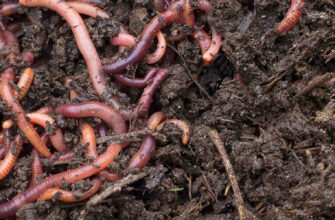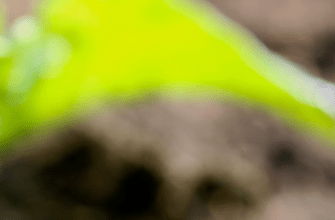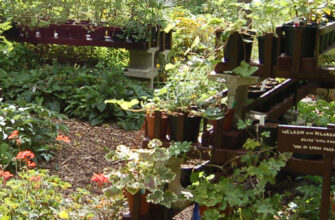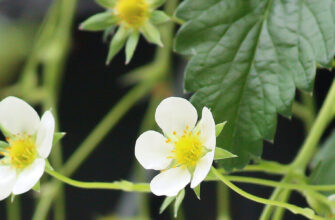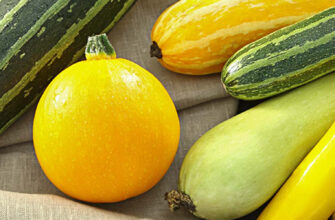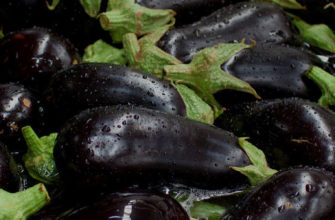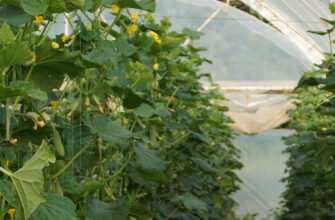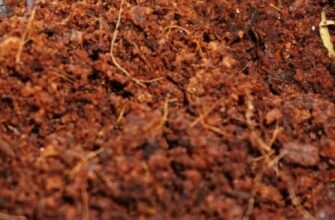Is It Too Late to Plant?
No! You can still plant winter radish — the optimal sowing period ends in early August. Harvested roots can last until spring if stored in a dry, cool place (+1 to +2°C).
Soil and Site Preparation
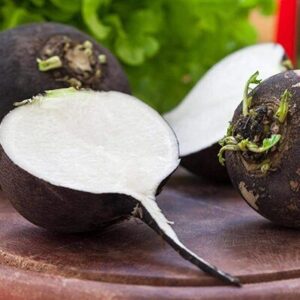
Winter radish grows best in rich, loose soil — especially light loams with neutral pH. However, it’s known for being undemanding and performs reasonably well in most soils.
- Ensure good air circulation and avoid water logging — standing water is a major threat.
- Ideal precursors: tomatoes, cucumbers, onions, potatoes, greens, legumes, pumpkins.
- Avoid planting after other Brassicaceae crops and never repeat it in the same spot yearly — crop rotation is crucial.
Autumn fertilization:
- Compost – 2–3 kg/m²
- Urea – 1 tsp/m²
- Superphosphate and potassium sulfate – 1 tbsp/m²
Sowing Instructions
- Best sowing time: Late June to July (shorter days prevent flowering and boost root growth)
- Spacing: 30×15 cm
- Sowing depth: 3 cm
- Pre-moisten the soil, press down the furrow after sowing
You may mulch with humus or peat to retain moisture

Care Tips
Thinning
- After 2–3 true leaves appear, thin out the seedlings.
- Start with 10–13 cm spacing, later increase to 15+ cm depending on the variety.
- Remove weak or damaged plants first.
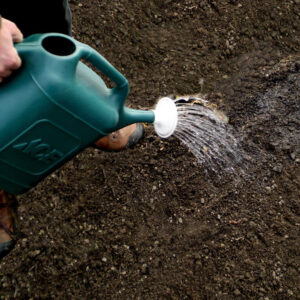
Watering
- No watering immediately after sowing — let the seeds settle
- Keep soil slightly moist after germination
- Mature plants only need watering during extended drought
Aeration
Loosen the soil regularly to prevent crusting after rain or mulching.
Pest and Disease Protection
- Weeds: Treat with herbicides like Dual Gold after sowing.
- Pests: Flea beetles, cabbage flies
- Use biological or standard insecticides (e.g. Aktara, Actellic)
- Fine mesh netting helps protect against flies
- Fungal diseases: Avoid by maintaining proper pH, practicing crop rotation, and soil disinfection
Fertilization During Growth
- Poor soil? Feed with Nitrophoska early (1 tbsp per 10 L water)
- Later stages: phosphorus, potassium, and wood ash
- Avoid fresh manure – it spoils flavor and flesh color
- Go easy on nitrogen – it promotes leaf growth at the expense of roots
- Stop all watering, feeding, and treatments 3 weeks before harvest
Growing in Greenhouses
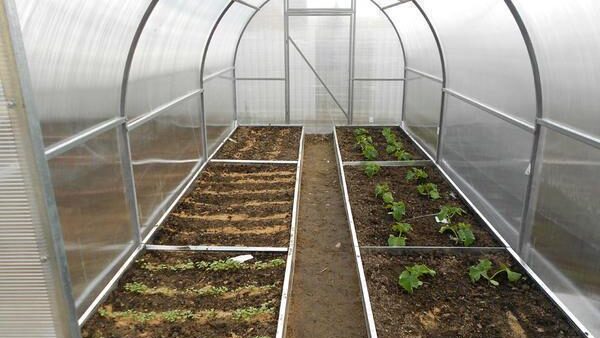
- Allows for harvest from November to December
- Best grown in small quantities from transplants
- Germinate at 15–20°C, transplant after 1–2 weeks
- Ideal density: 16–20 plants/m²
- Use fast-maturing varieties in fall for best results
Harvesting and Storage
- Harvest time: 1 week before first frost, on a dry day
- Gently dig up roots to avoid damaging skin — use damaged ones immediately
- Remove tops, leaving 1.5–2 cm stems for long-term storage
Storage tips
- Cool room at +1 to +2°C
- 80–85% humidity
- Layer roots with wood ash or chalk to prevent rot
You can even use small or misshaped radishes for growing fresh sprouts indoors!
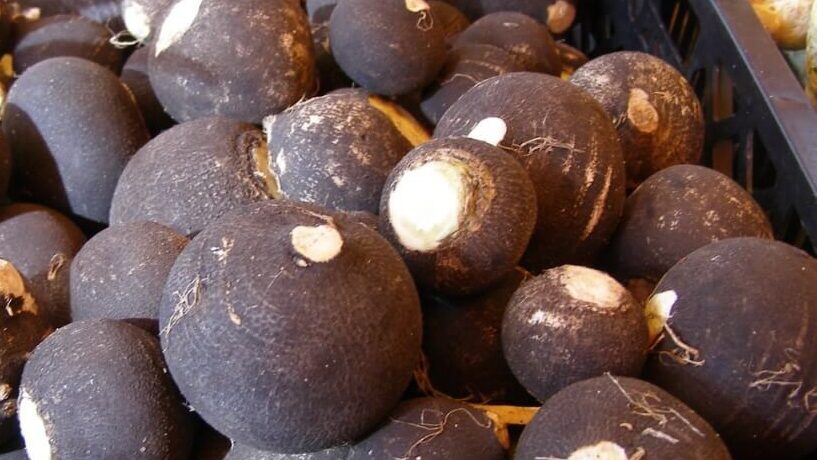
Final Thought
Winter radish is a resilient crop with great storage potential. With proper timing and care, it rewards you with healthy, crunchy roots perfect for winter meals.
If you have found a spelling error, please, notify us by selecting that text and pressing Ctrl+Enter.

